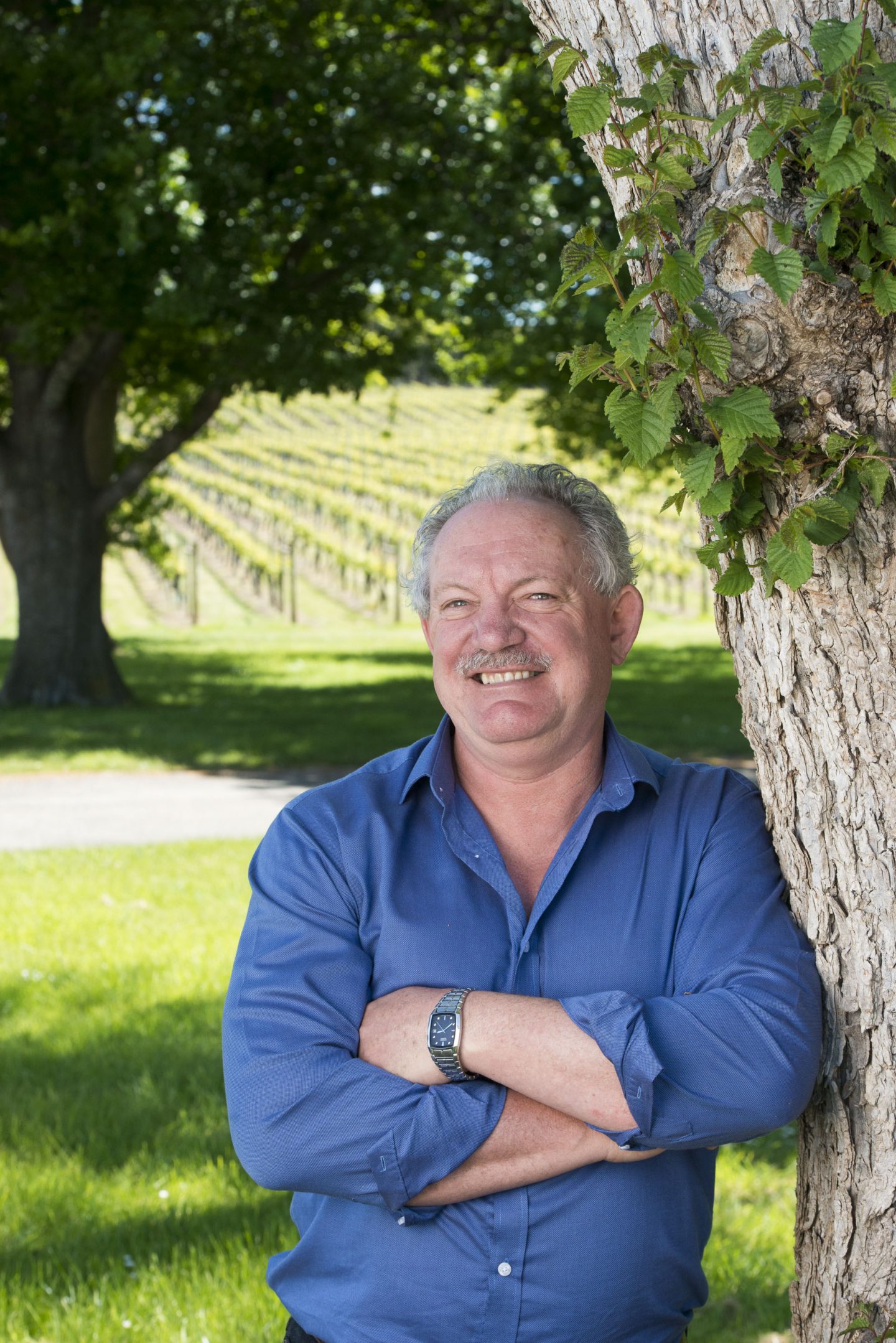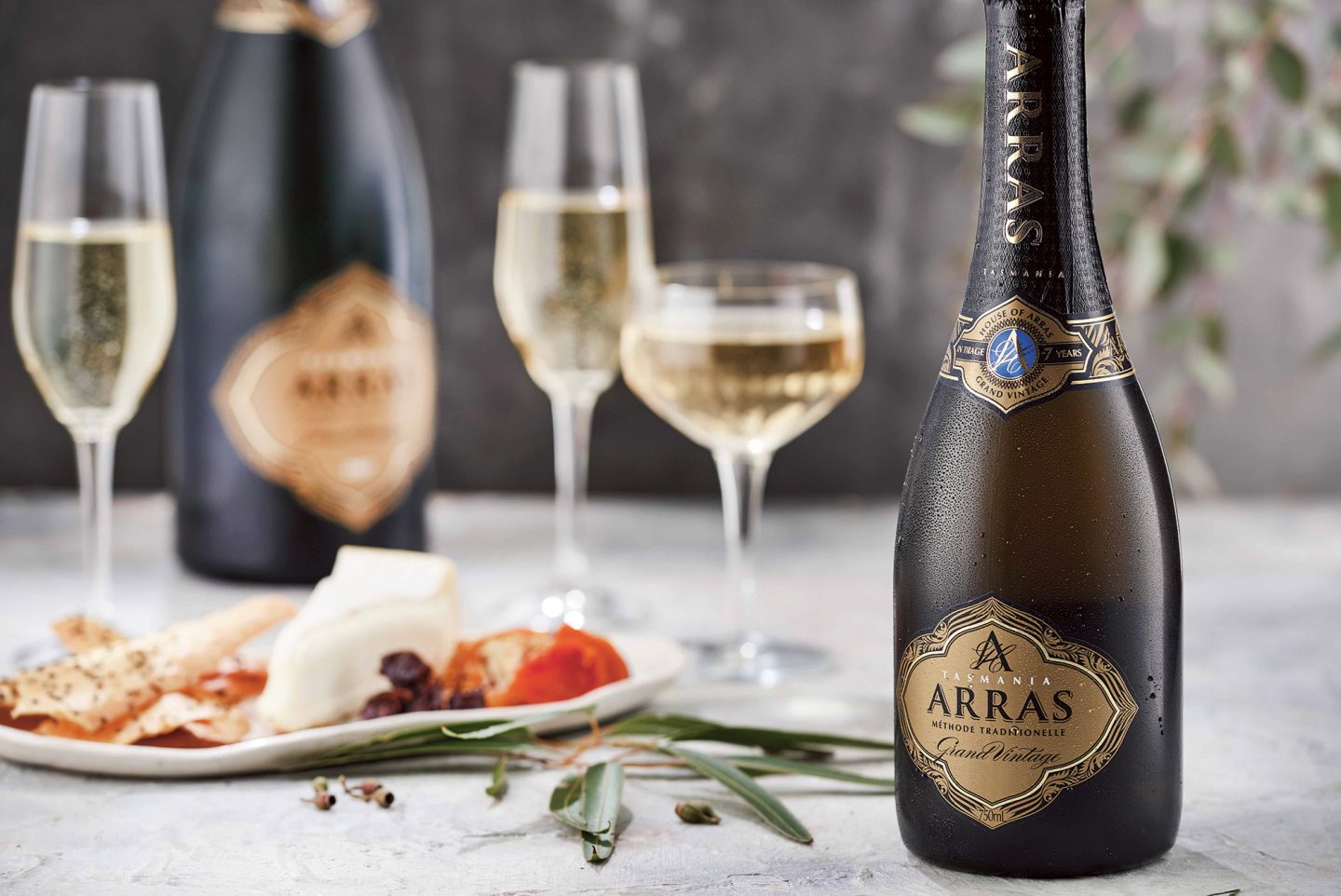The maturity of Ed Carr’s sparkling vision

The patience and vision of Adelaide-based winemaker Ed Carr has taken Australian sparkling wine to unexpected heights.
Champagne is always in fashion. After all, Australia buys more than 8 million bottles a year, making us the seventh largest customer in the world. Yet beside these imports, Australia’s best sparkling wines – led by an outstanding suite of recent releases by Arras – are also being lauded by the domestic market.
The key figure responsible is winemaker Ed Carr, who has developed and built the House of Arras range for the gigantic Accolade wine company since 1995. His idea of focusing exclusively on cool climate Tasmanian fruit and reserving elite parcels for extended maturation on yeast lees to build complexity has produced wines of seductive complexity.
This starts with the Arras Brut Elite (non-vintage, $60), a meld of pinot noir and chardonnay with some pinot meunier, which combines the freshness of the 2015 vintage with a range of components from five back vintages. As the entry level into the Arras range, it illustrates the layers of complexity achieved on the palate while still retaining crisp freshness and vitality.
Immediate popularity since the first release of Arras in 1999 has ensured the growth of the brand to feature a range of styles, from 10-year-old rosé and blanc de blanc styles, through to older vintages that spend even longer maturing on lees.
“Age is the difference,” explains Carr. “It’s the missing link that takes these wines to a different level.”
It’s best exhibited by the House of Arras EJ Carr Late Disgorged 2004 ($230), just awarded Australia’s best sparkling wine for 2019 by Halliday’s Wine Companion. Its suppleness and balance defies its 15-year age, with a comforting biscuit edge wrapped around lively lemon pith, bright grapefruit and green apple crispness.

Thanks to extended time on lees, the Arras wines achieve a quite wondrous marriage of primary, secondary and tertiary characteristics, seamlessly woven together. It captures a sense of poise and harmony within complex sparkling wines that is unparalleled in Australia, and belongs effortlessly among the best examples in the world – and yes, that includes elite Champagne.
Carr recognises this and can’t help looking rather chuffed during a recent Adelaide tasting of the new Arras releases. He admits that these wines have surprised and delighted the team at Accolade/House of Arras wines at each step of the maturity process, but now, 24 years into the Arras project, he almost expects this level of pleasant surprise with each annual release of wines to the market.
Such heightened nuance in the wines reflects the careful reading of vintage conditions that is one of Carr’s great hallmarks. He makes decisive calls on picking fruit at the right time that result in such distinctive outcomes as the robust, rounded complexity of the Arras Grand Vintage 2008 ($99) – and, by contrast, the remarkable sharpness and youthful vigour of the older Arras Grand Vintage 2007, poured from magnum ($250).
Another example of exacting attention to detail is this year’s decision to release the Arras Rosé 2009 ($107) but to hold back the 2008 Rosé, because Carr believes it’s not yet showing the level of complexity expected in his wines. No such concern for the 2009 which is definitely on the mark, its voluptuousness spiked by a sharp redcurrant bite.
Notably, Carr is not alone in this quest for sparkling wine perfection. The most exciting new Australian wine that I tasted last year was Xavier Bizet and Lucy Croser’s superb DAOSA Natural Réserve Piccadilly Valley ($45). It represented the high-water mark for a raft of more than 30 notable sparkling wines from a dozen Adelaide Hills producers.
Now Penfolds is getting in on the act by reintroducing sparkling wine to its portfolio in the most audacious manner, shooting immediately for elite levels by crafting its own Champagne, a 2012 chardonnay pinot noir cuvée ($280) – made in Champagne in conjunction with House Thienot. Penfolds’ chief winemaker, Peter Gago, who made sparkling alongside Carr during the 1980s, is taking special delight in making legitimate Australian-owned Champagne.
Carr’s not sure whether this move will do any favours for Australian sparkling wine, but then pauses and considers the state of the market further. “If something like this creates a larger conversation around sparkling wine in this country, then it’s good,” says Carr. “It’s not a situation about us or them. It’s about the drinkers recognising wines of quality and appreciating what they’re worth. And the more that such understanding continues in Australia, the happier I am.”